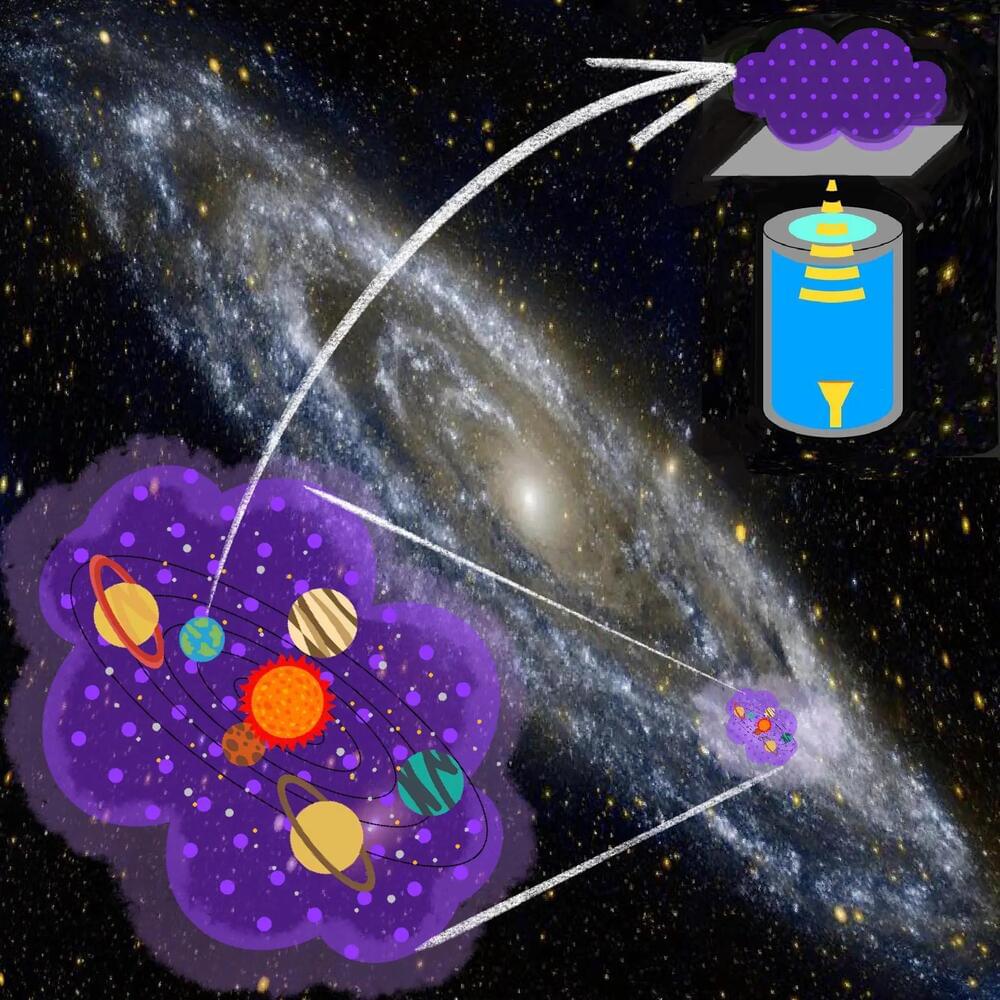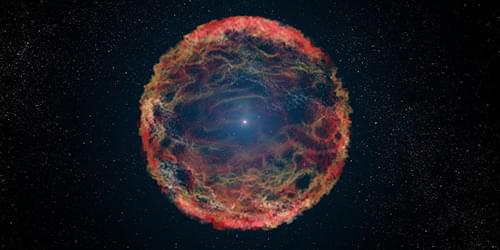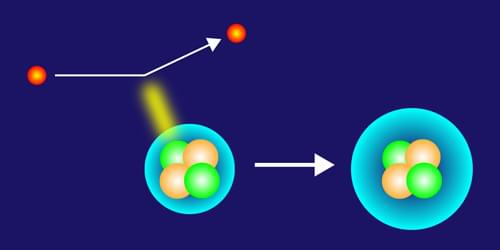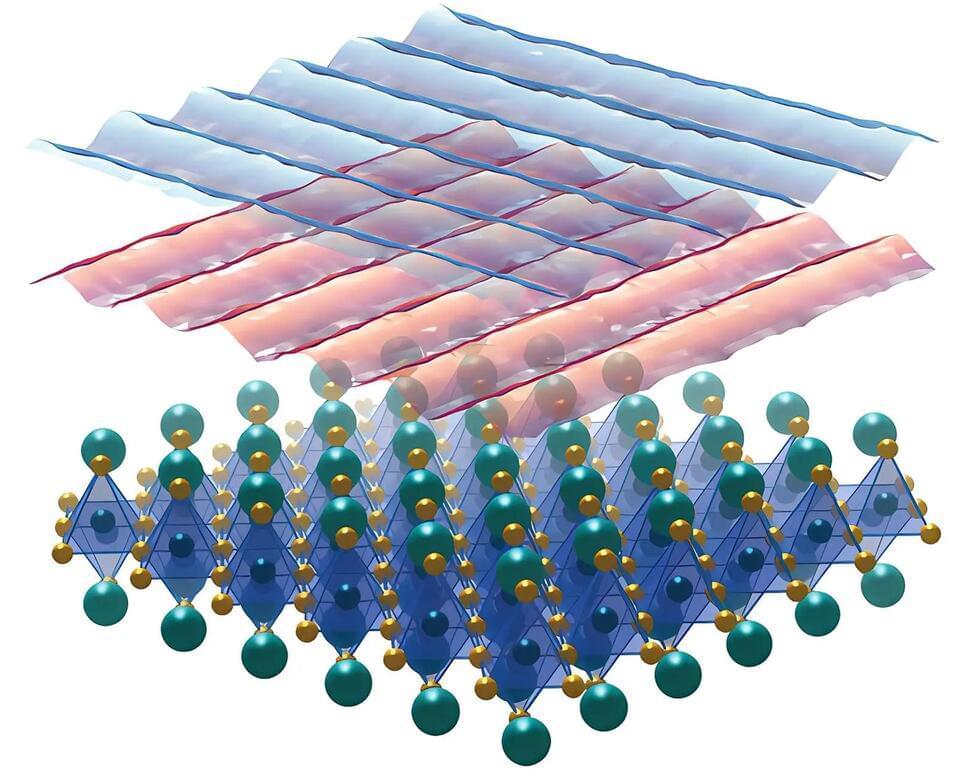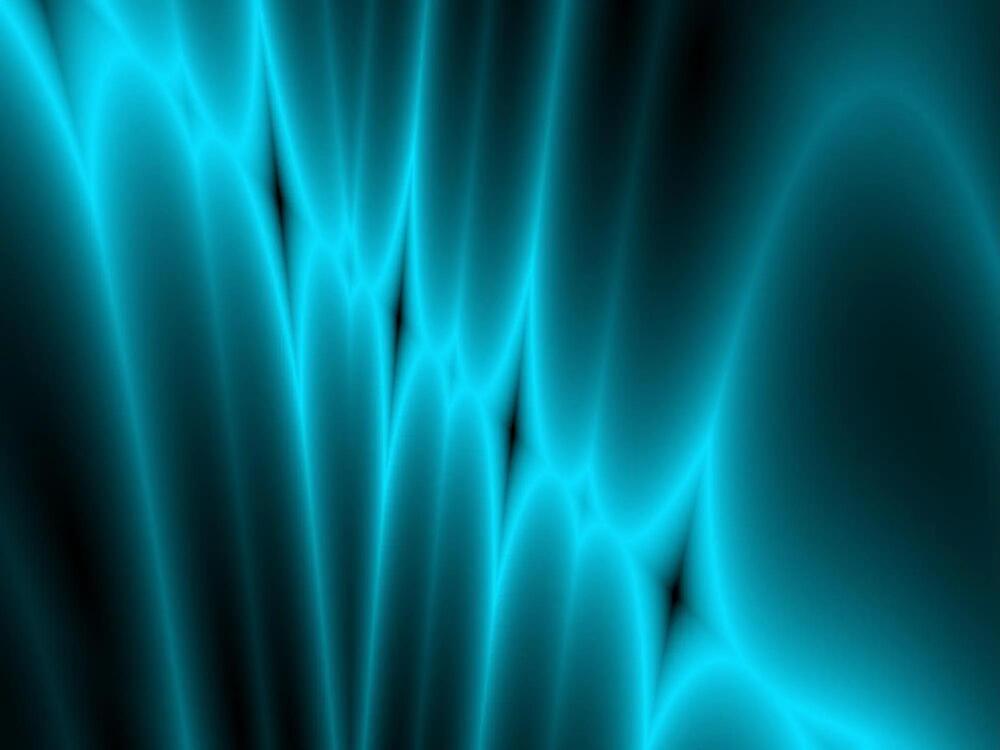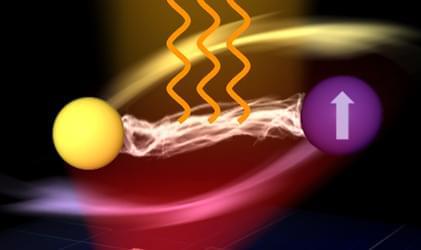Apr 12, 2023
Dark Photon Dark Matter Breakthrough: Trailblazing Cryogenic Detection Techniques
Posted by Paul Battista in categories: cosmology, particle physics
Scientists at Kyoto University have developed an experimental method to examine ultra-light dark matter by observing its gravitational effects on visible matter. Using millimeter-wave sensing in cryogenic conditions, the team achieved experimental parameters for unexplored mass ranges of dark photon.
A photon is a particle of light. It is the basic unit of light and other electromagnetic radiation, and is responsible for the electromagnetic force, one of the four fundamental forces of nature. Photons have no mass, but they do have energy and momentum. They travel at the speed of light in a vacuum, and can have different wavelengths, which correspond to different colors of light. Photons can also have different energies, which correspond to different frequencies of light.
